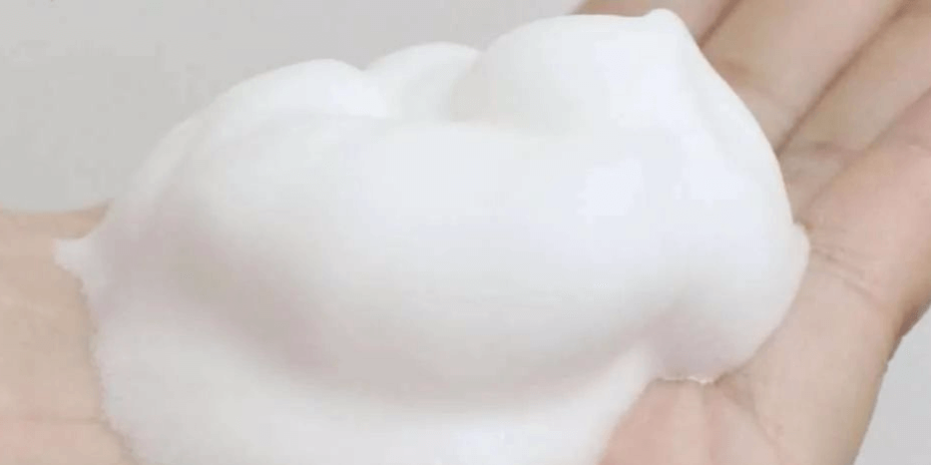Comprehensive answers to defoaming agent classification, dosage, usage methods and safety issues
Camen Defoaming agents comprehensively answer the following four questions from a professional perspective.
1. How are defoaming agents classified?
2. What is the dosage of defoaming agent?
3. How to use defoaming agent correctly?
4. What harm does defoaming agent do to people?
1. What are the types of defoaming agents? How are defoaming agents classified?
Friends often ask questions such as how to classify defoaming agents, what types of defoaming agents are there, and which one is better. In fact, there are many types of defoaming agents according to different classification standards. Maisong Chemical will give a brief introduction to defoaming agents for those who have questions. The specific question of which one is better needs to be analyzed according to the situation. Different use scenarios require different applicable defoaming agents.
1. According to the form, it can be divided into five categories: solid particle type, emulsion type, dispersion type, oil type and paste type;
2. According to the applicable industries of defoaming agents, they can be divided into water treatment defoaming agents, PCB defoaming agents, metal processing defoaming agents, industrial cleaning defoaming agents, daily chemical defoaming agents, textile industry defoaming agents, and paper industry defoaming agents. Foaming agents, coating industry defoaming agents, food industry defoaming agents and petroleum industry defoaming agents, etc.;
3. According to the chemical structure and composition of defoaming agents, they can be divided into mineral oils, alcohols, fatty acids and fatty acid esters, amides, phosphates, silicones, polyethers, and polyether-modified polysiloxanes. Alkane defoaming agents and other types.
2. What is the dosage of defoaming agent?
What is the dosage of defoaming agent and is there any standard? This question is also often asked by friends. Maisong Chemical will give a brief explanation here. Generally speaking, there are no fixed defoaming agent dosage requirements in the industrial field. As long as it does not affect product performance and standards, defoaming agents should be added until the foam can be eliminated. If the defoaming agent is used as a food additive, it must be added with caution in strict accordance with the requirements of the “Hygienic Standards for the Use of Food Additives”.
my country’s “Hygienic Standards for the Use of Food Additives” stipulates that the maximum amount of defoaming agents used in the brewing process is 1g/kg, the maximum amount of defoaming agents used in the soy product process is 1.6g/kg, and the maximum amount of defoaming agents used in the sugar making process and fermentation process is 1.6g/kg. The usage amount is 3g/kg, and the general industrial use dosage is about 0.5-2.5‰.
In industrial areas with severe foaming, the amount of defoaming agent used will be as high as 4% or more, depending on the specific situation.
3. Correct use of defoaming agent
Friends who are exposed to defoaming agents for the first time may not know how to use defoaming agents. Maisong Chemical will introduce to you the correct method of using defoaming agents.
1. When using defoamer for the first time, you can apply for several samples from Maisong Chemical for small-scale testing. After obtaining the samples, you can conduct independent tests on different samples and record the test results for subsequent reference. You cannot just choose the one with the best defoaming, because the best one is of course expensive. It is recommended to choose a cost-effective defoaming agent. The experimental process can be carried out using the shake flask detection method. This method is the simplest and can be used in the field of wastewater treatment. Generally, the aeration tank can use the air blowing method.
2. In some areas, the defoaming agent needs to be diluted before application. When diluting, pay special attention to selecting tap water without other impurities. It is strictly forbidden to use hot water, otherwise demulsification will occur. Check the ph value after dilution, and other additives can also be added to help improve the dilution effect.
3. When adding defoaming agent according to the specific form, special attention should be paid to the method of dripping or spraying the liquid defoaming agent into the pool that has been cleaned before discharge. The solids can be placed at the sewage outlet to allow them to reach a state of decomposition and achieve the ideal effect. Powder needs to be added continuously, allowing professional technicians to add it to the pool regularly. Add 3x to 5x dilution, but no higher than 10x. For defoaming agents, it is usually sufficient to dilute to an active content within the range of 5% to 10%.
4. What harm does defoaming agent do to people?
It is reported online that defoaming agents are added to soy milk, hot pot, and cooking oil. People are very worried about whether defoaming agents can be eaten?
Defoaming agents are divided into industrial-grade defoaming agents and food-grade defoaming agents. Food-grade defoaming agents added to food are not harmful to the human body, so they can be eaten with confidence. However, as a food additive, the maximum dosage needs to be controlled. Excessive addition will also cause harm to the human body. Merchants who use defoaming agents as food additives must strictly follow the requirements of my country’s “Hygienic Standards for the Use of Food Additives” and add them carefully. Industrial defoaming agents are strictly prohibited from being added to food and are not harmful to the human body if they are not eaten accidentally.







